Two paintings by Francesco Guardi return to Venice for exhibition at The Gritti Palace
LONDON.- Robilant+Voena is presenting an exhibition of two paintings by Francesco Guardi (1712–1793), in partnership with The Gritti Palace, Venice. The exhibition is open from 6 April to 18 July. Returning to Venice after three centuries in private collections, the pair of works are a testament to the enduring magnificence of La Serenissima.
The paintings, Outward Voyage of the Bucintoro to San Nicolò del Lido and The Return of the Bucintoro to the Doge's Palace, depict the most magnificent and historic of Venetian traditions: the annual celebration of the Festa della Sensa. Still taking place on Ascension Day every year, the festival culminates in a spectacular ceremony representing Venice’s Marriage with the Sea. In these richly detailed paintings, Guardi captures the grand procession of the Bucintoro, the state barge, with the Doge and Senate on board, leaving the Doge’s Palace for the church of San Nicolò del Lido, and the barge’s subsequent return to the Palace. According to tradition, at San Nicolò, the Doge would cast a gold ring into the waters of the Adriatic to symbolise the union of the Venetian Republic and the sea.
Here Guardi illustrates the spectacle in all its pomp and splendour, with the richly decorated Bucintoro dazzling at the centre of each composition. The proliferation of smaller boats and fluttering red flags testify to the importance of the occasion, the only time of the year when the Bucintoro left its dock in the Arsenal. Such was the renown of the Festa della Sensa, that during the eighteenth-century it was a highlight of the Grand Tour, and visitors flocked to the city to witness the majesty of the procession, so vividly portrayed here by one of the foremost Venetian artists of the era, Francesco Guardi. Paintings like these were highly prized by collectors as mementos, and today they are among the most admired of Venetian views.
Both designated as National Treasures of Italy by the Italian State, these paintings are particularly notable as they are the only known pair in which Guardi depicted both the departure of the Bucintoro and its return to the Doge’s Palace, and are considered by scholars to be among the greatest achievements of his art.
Francesco Guardi (1712–1793), The Outward Voyage of the Bucintoro to San Nicolò del Lido, c. 1780. Oil on canvas, 48 x 78 cm. 2023 © Robilant+Voena
Francesco Guardi (1712–1793), The Return of the Bucintoro to the Doge's Palace, c. 1780. Oil on canvas, 48 x 78 cm. 2023 © Robilant+Voena
Provenance: Probably commissioned by Robert Shuttleworth (1744–1816) or by his father James Shuttleworth, MP (1714–1773), Gawthorp Hall, Lancashire and Forcett Park, Yorkshire,
Thence by descent in the Shuttleworth family until Charles Ughtred John Kay-Shuttleworth (1917–1975), 4th Lord Shuttleworth, Leck Hall, Cumbria,
with Agnew’s, London,
Collection of Senator Mario Crespi, Milan (acquired in 1952),
By descent to Elvira Leonardi Bouyere 'Biki',
By descent to her grandsons,
Private collection.
Literature: F. J. B. Watson (ed.) Eighteenth Century Venice. An exhibition of paintings and drawings, exh. cat., London, 1951, nos. 37, 38.
A. Morassi, ‘Pitture veneziane del Settecento in una mostra a Londra’, Emporium, 1951, pp. 215–226.
R. Pallucchini, ‘La pittura veneziana del Settecento alla White Chapel Gallery di Londra’, Arte Veneta, 1951, pp. 209–214.
A. Morassi, 'Settecento inedito', in Arte Veneta, 1952, pp. 85–98.
J. Byam Shaw, ‘Unpublished Guardi Drawings’, Art Quarterly, 1954, p. 165.
P. Zampetti (ed.), I vedutisti veneziani del Settecento, exh. cat., Venice, 1967, nos. 158, 159.
G. M. Pilo, La mostra dei vedutisti veneziani del Settecento, Arte Veneta, 1967, pp. 269–277.
J. Bean and F. Stampfle, Drawings from New York collections, III, The Eighteenth Century in Italy, New York, 1971, p. 83.
A. Morassi, Guardi. Antonio e Francesco Guardi, Venice, 1973, pp. 193–196, 363.
L. Rossi Bortolatto, L’opera completa di Francesco Guardi, Milan, 1974, pp. 109, 130.
A. Morassi, Tutti i disegni di Antonio, Francesco e Giacomo Guardi, Venice, 1975, pp. 128–129.
A. Morassi, Guardi. I dipinti, Milan, 1984, pp. 193–196, 363.
M. Magnifico, in M. Magnifico and M. Utili (eds.), Vedute Italiane del ‘700 in collezioni private italiane, exh. cat., Milan, 1987, p. 45.
D. Succi, Francesco Guardi. Itinerario dell’avventura artistica, Milan, 1993, pp. 117–118.
R. Pallucchini, La pittura nel Veneto. Il Settecento, II, Milan, 1996, pp. 549–552.
F. Pedrocco, Vision of Venice. Paintings of the 18th Century, London, 2001, p. 213.
C. Friedrichs, Francesco Guardi. Venezianische Feste und Zeremonien. Die Inszierung der Republik in Festen und Bildern, Berlin, 2006, pl. 6.
D. Succi, Francesco Guardi, Milan, 2021, pp. 236-242.
Luca Carlevarijs (1663–1730), ‘The Bucintoro Departing from the Bacino di San Marco’, 1710. The J. Paul Getty Museum, Los Angeles.
Giovanni Antonio Canal, called Canaletto (1697–1768), 'The Bucintoro', c. 1745–50. Colección Thyssen-Bornemisza, Madrid.

/https%3A%2F%2Fprofilepics.canalblog.com%2Fprofilepics%2F1%2F0%2F100183.jpg)
/https%3A%2F%2Fstorage.canalblog.com%2F03%2F02%2F119589%2F96711876_o.jpg)
/https%3A%2F%2Fstorage.canalblog.com%2F11%2F31%2F119589%2F94773502_o.jpg)
/https%3A%2F%2Fstorage.canalblog.com%2F20%2F83%2F119589%2F94772815_o.jpg)
/https%3A%2F%2Fstorage.canalblog.com%2F26%2F72%2F119589%2F75604929_o.jpg)
/https%3A%2F%2Fstorage.canalblog.com%2F59%2F60%2F119589%2F26458628_o.jpg)
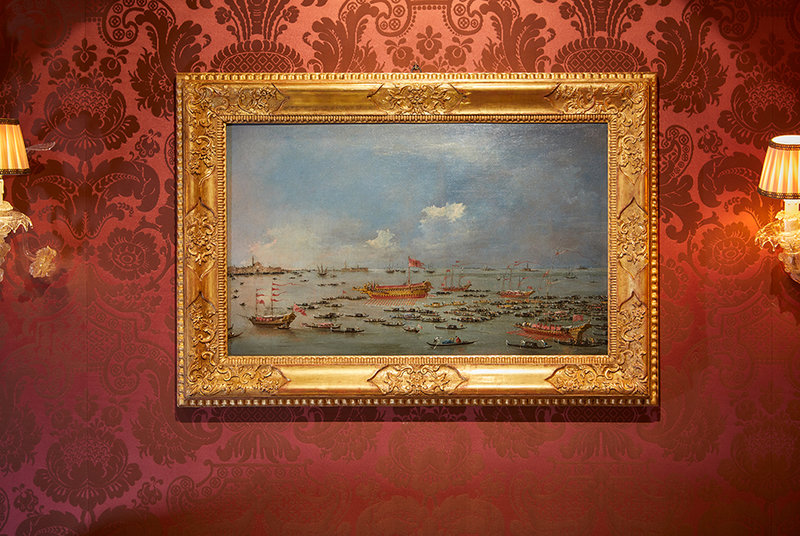
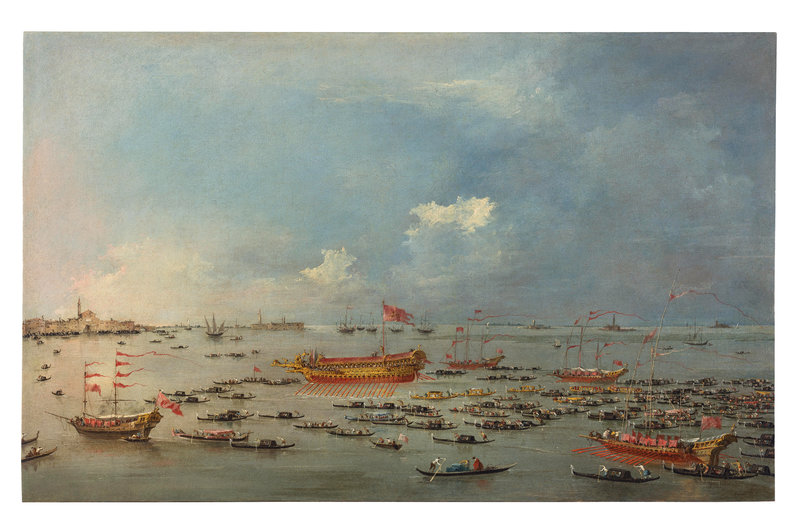
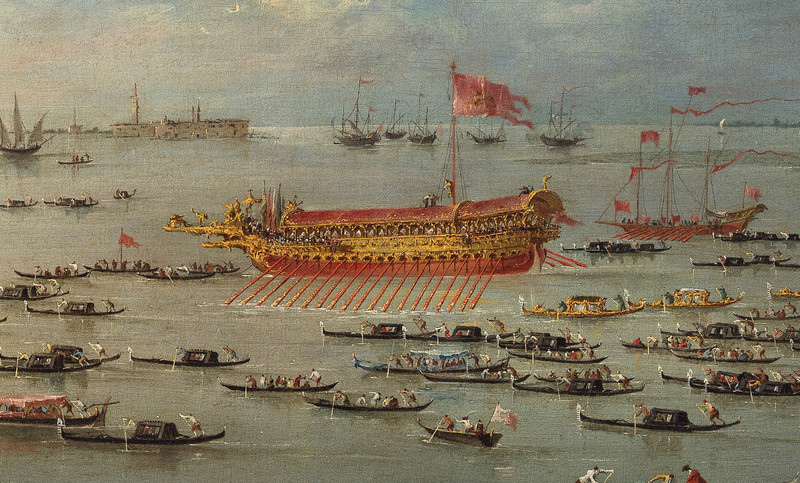

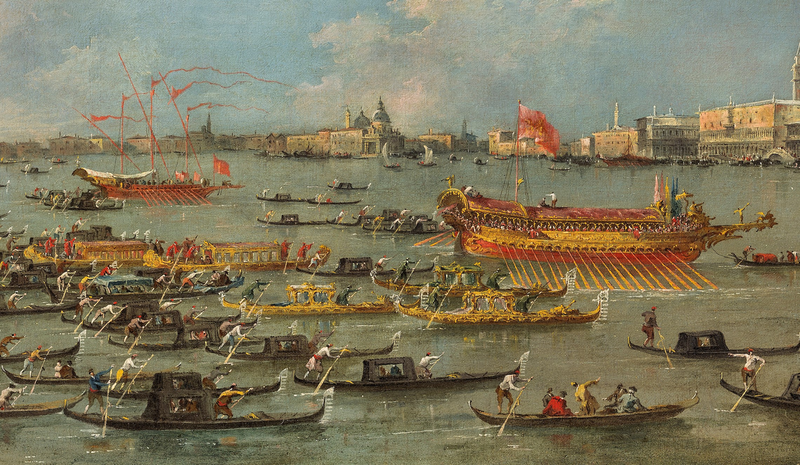
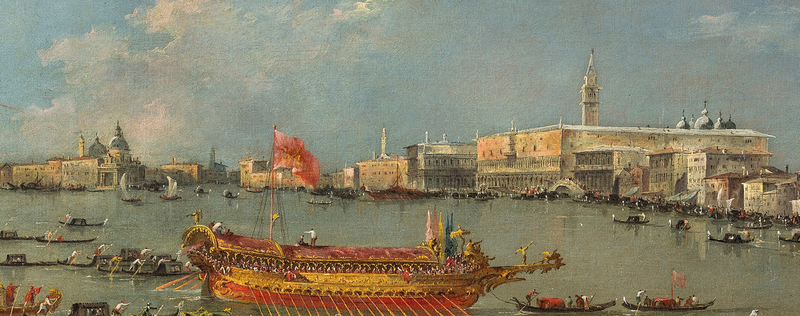
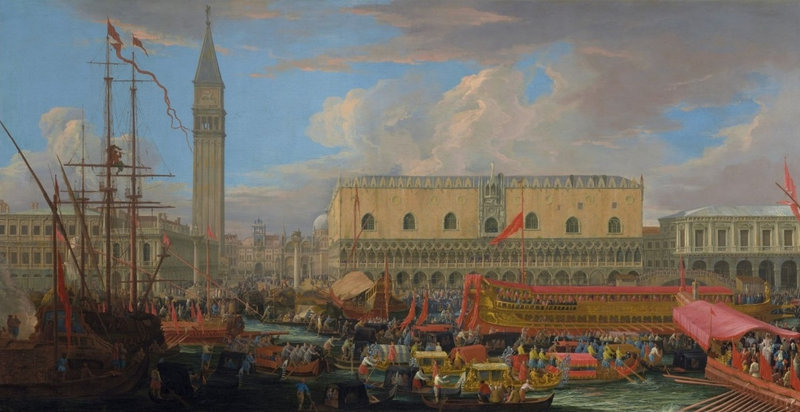
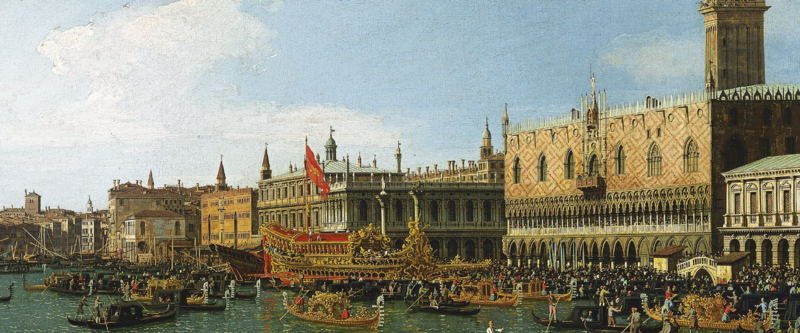


/http%3A%2F%2Fstorage.canalblog.com%2F19%2F23%2F119589%2F128179837_o.jpg)
/http%3A%2F%2Fstorage.canalblog.com%2F62%2F29%2F119589%2F126411628_o.jpg)
/http%3A%2F%2Fstorage.canalblog.com%2F15%2F87%2F119589%2F122308659_o.jpg)
/http%3A%2F%2Fstorage.canalblog.com%2F34%2F13%2F119589%2F120701661_o.jpg)